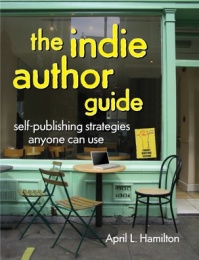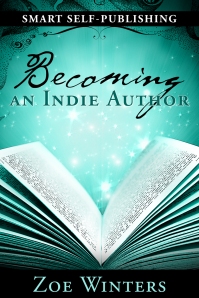This article, by Jonathan Fields, originally appeared on his tribalauthor site on 3/22/10.
When I released my The Truth About Book Marketing whitepaper (opt-in [for the free tribalauthor newsletter] to get it), I didn’t have kind things to say about what’s commonly become known as “amazon bombing” email campaigns. I still don’t. But, some people misconstrued that to mean I don’t favor tapping coordinated email or blog posts to launch a book.
In fact, email can be a hugely powerful component of a book launch.
One I’ve used and will use again with my next book. It’s not email that I was railing against, but rather how it’s being used and what’s being promised to authors and list-holders by those running campaigns that bothers me.
Here’s how a typical amazon campaign works…
A book marketing company specializing in amazon campaigns solicits a lot of people with lists, blogs and followings to mail their tribes and ask them to all buy from amazon on the same day, often the same hour. Those tribe-members are supposedly incentivized to buy at the designated time and day by the opportunity to return to a “bonus” page after their purchase and download dozens (sometimes even hundreds) of supposedly high-value bonuses.
List-holders are incentivized to mail, because when they do, they get to place a downloadable product on the bonus page and visitors to that page are required to opt-in before downloading. So, the promise by campaign organizers to list-holders is that, if they mail, they’ll grow their lists in a huge way when the people from all the other people’s lists hit the bonus page, get exposed to their bonus and opt-in to download it.
What about the authors? What’s the promise to them? Often it’s that they’ll sell a mountain of books, and hit #1 in their category on amazon for an hour or even a few. They’ll then be able to call themselves a bestselling author and that will open the door to national media, giant speaking fees and riches and fame beyond compare. All in exchange for a fee that I’ve seen range from a few thousand dollars to $15,000.
Those are the promises, but the reality is often radically different…
Let’s start with the authors.
First awakening, hitting #1 in your category on amazon for a few hours does not a bestseller make. At least not on the level that will open the doors promised to you. These days, national and even local media, conference organizers and others know how easy it is to game amazon. The first question most will ask if you present yourself as a bestselling author is “what list?” And, when you tell them you were #1 in your category on amazon for 10 minutes, you’re far more likely to get rolled eyeballs than offers of cash and fame. It just doesn’t mean anything to anyone with enough savvy to pay you serious money or expose you to serious audiences.
But, what about the promise of selling tons of books?
Here, there may be some truth. But then again, maybe not.
If you get list-holders to mail millions of people, chances are you’ll end up selling books. Truth is, though, many email lists have very low open rates, so 1 million names mailed may get 50,000 – 200,000 emails opened. From there, if you’ve got home-run copy, maybe 10% click to the book sales page. So, now we’re down to 5,000 – 20,000 people. From there, a good conversion to the amazon buy page would be 10%. So, 500 – 2,000 people make it through to amazon. Then, assuming a giant conversion on the amazon page of 25%, that leaves us with 125 – 500 books sold.
Now, that’s not chump change. And, if you get 10 million people to mail, you may actually sell enough to hit #1 on amazon overall for a few hours or even a few days and make a run at the real lists.
But, truth is, it’s unlikely you’ll get anywhere near that volume of people mailing.
Read the rest of the article on tribalauthor.


